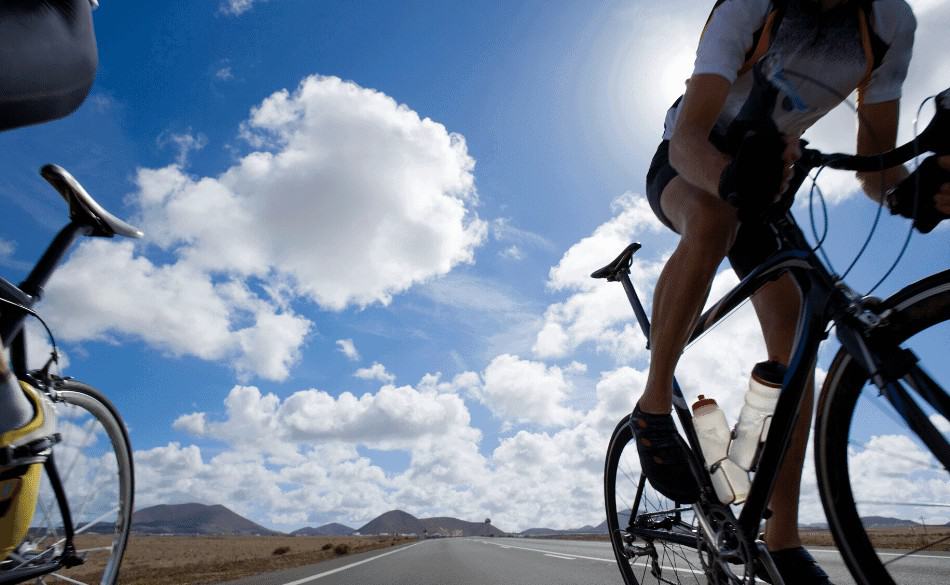
Cycling Cadence for Beginners the Complete Guide
Page Contents
Cycling cadence for beginners is often an overlooked part of their training. Have you ever seen an elite cyclist pedal? They glide along the road quickly, efficiently, and smoothly. Whether they are climbing a steep hill or pushing along the flat, your revolutions is a huge part of that success.
Cadence is measured by pedal revolutions per minute (RPMs) and is the rate at which a cyclist pedals. Training your cadence will help improve your cycling efficiency and allow you to pedal faster, longer, and smoother. But knowing your correct cadence can be somewhat of an unknown to people.
Why is Cadence important in cycling?
Cadence is important in cycling to help you to pedal faster and pedaling faster puts less strain (force) on your muscles. Studies have shown that a higher cadence can increase blood flow to the muscles. This, in turn, can help with more oxygen in the blood and can produce higher aerobic performance. By riding in a lower gear it will help you to burn fat for fuel and allow you to become more resistant to fatigue and recover quicker.
Although recently, scientists have started to understand how the body of a cyclist behaves. When a cyclist pedals in a low gear, 60% of their power is used during the motion of their legs. The other 40% is expended turning the pedals. So this means that you should choose a gear that provides the right cadence so your muscles contract to one-third of their maximum velocity. Thus, in turn, maximizing your power output.
A new study from the International Journal of Sports Medicine showed that amateurs don’t get the same benefits of high cadence as professions do. It may end up just tiring your out, especially at higher intensities.
While low cadence can benefit a cyclist’s training, there is a time a place for it in your program. If you are new to cycling, then focus on some finding the correct cadence intervals to improve your pedaling technique and efficiency. Ideally, if you are a more experienced cyclist, you want to know what your most efficient number is before jumping into low gear high cadence riding.
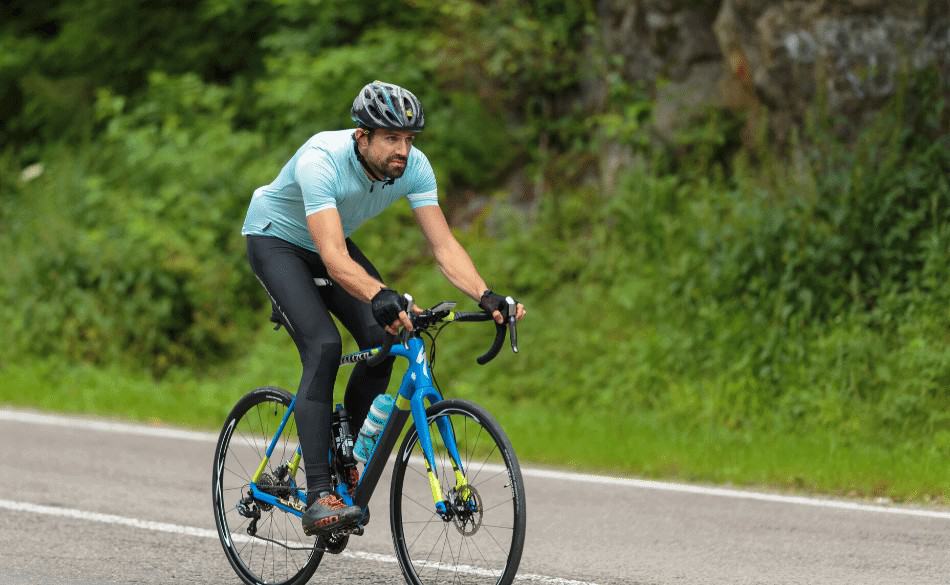
How do I know my cadence when cycling?
Before you look at ways to improve your cycling cadence, you need to determine what your current cadence is. There are multiple tools on the market to measure this. Wahoo, Bontrager, and Garmin are just a few brands that provide cadence measuring tools.
If you don’t have access to a cadence meter, there is a basic way to determine your cadence. By counting one leg’s pedal revolution for 30 seconds and doubling it gives you a good estimate of your cadence. Take in mind that after 30 seconds your cadence may have dropped a few rpm. So to be more accurate, look at purchasing a cadence tracking device.
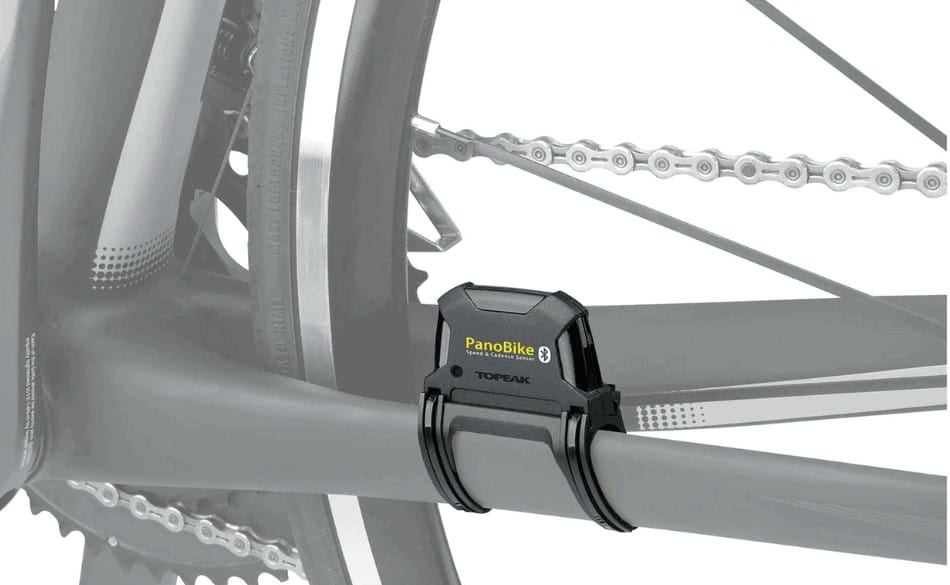
Why do I need a cadence sensor?
Cadence sensors are important for all types of cyclists that want to maximize their results. Cycling, in general, is a relatively easy sport with only three factors that play a major role, heart rate, gears, power (watts), and pedal cadence. Measuring cadence through a sensor is important for riders that want to gauge both their training and improvement. Analyzing data using a sensor can help pair with data from your heart rate or power to give more insight into your workout or race.
What is a good average cycling cadence?
While every cyclist is different, and many variables dictate the right cadence for each person. Aiming for a cadence of 85-90 RPM is a good starting point to avoid muscle fatigue. It’s known that most beginner cyclists average around 60 RPM and elite riders fluctuate anywhere from 80 to 100 RPMs. So for the beginner cyclist its more important to focus on cycling cadence and bring the RPMs up to 85-90rpm. Doing so will see a larger gain in cycling efficiency.
The study from the International Journal of Sports Medicine showed that after 90rpm the test subject’s heart rate increased by 15%, then started seeing their efficiency decrease. This meant their muscle oxygenation dropped and wasn’t able to keep up with their oxygen consumption. This means that pedaling at a cadence of 90 RPM or more is advantageous for the elite cyclist, but inefficient for the average rider
Changing your cadence is not an overnight experience, it can take months on end to increase your cadence. Depending on the time frame you are looking to increase your cadence for, will depend on the time it takes. Increasing your cadence over 5 minutes can take multiple weeks to see a large improvement. But increasing your cadence over 60 minutes can take several months. So be patient and speed two sessions a week working on improving your cadence.
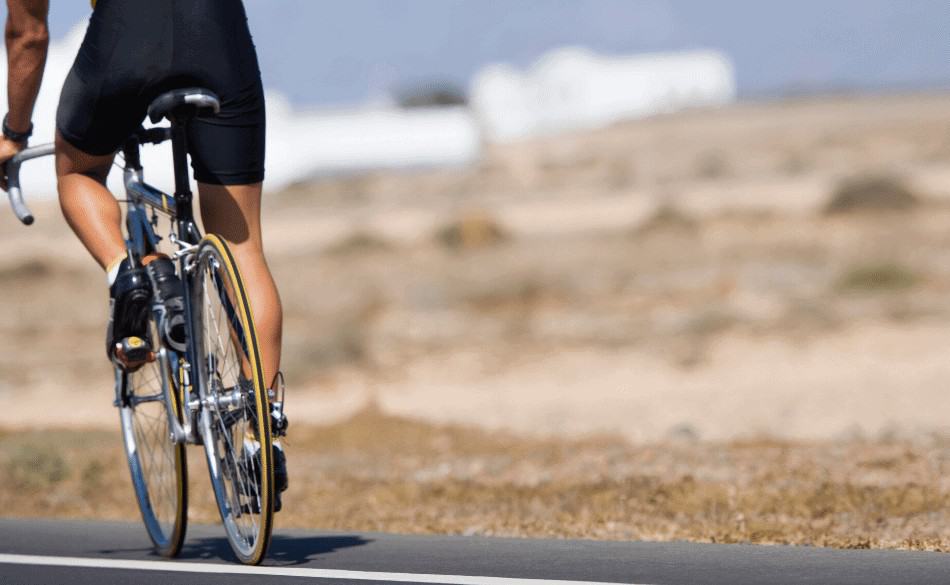
How do I choose the right cadence?
Choosing the right cadence is largely dictated by your fitness although road conditions and speed play a vital role as well. If you are speeding up because of a tailwind, you will need to adjust the gears accordingly to maintain the correct cadence for you. Ideally riding with the wind behind lowers your overall power, thus allowing you to pedal in a lower gear with much more ease.
When you are climbing up a hill, your climbing cadence should allow you to be able to get over the top of the pedals with ease. The last thing you want is to struggle around those hairpin bends and not be able to accelerate out. Cadence is very individual and every rider must decide what gear suits the best for the terrain they are on. While fitness plays a large part, the more practice you have over different terrains choosing different cadences can help you make more informed decisions.
Cadence is an individual thing and depends on fitness and cycling experience. Every rider must decide what gear best suits the circumstances.
Try to avoid over spinning and bouncing on the saddle or slogging along in a big gear unless you are following a specific workout.
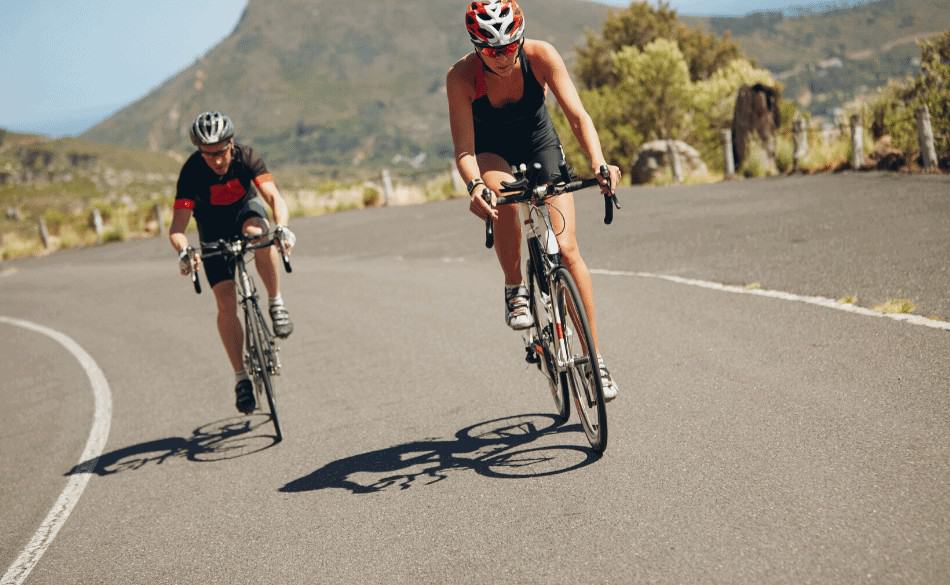
How can I improve my cycling cadence?
There are many ways to increase cycling cadence. Begin with a cadence of 85 rpm and build into a steady pace of 90-95rpm for 5 minutes. Then increase your cadence to 105 to 120 rpm for 30 seconds. You can repeat this multiple times depending on how long you can ride at 90-95 rpm comfortably for.
Another true and tested method on improving cycling cadence is to do 3 x 10-minute intervals while holding a cadence of 110-120 rpm and 5 minutes recovery between. This is more directed at the experienced cyclist, but as a beginner, you can start off on a lower cadence and increase this each workout.
Another session that is beneficial is a fartlek type session. Spend 30 minutes rotating through different high cadences from 95 rpm to 120rpm. Each interval can be between 30 seconds and 2 minutes in duration, with half that time as recovery. Try to mix up the time frame of each interval as much as you can. You can also even go ahead and change the terrain during part of the fartlek session.



